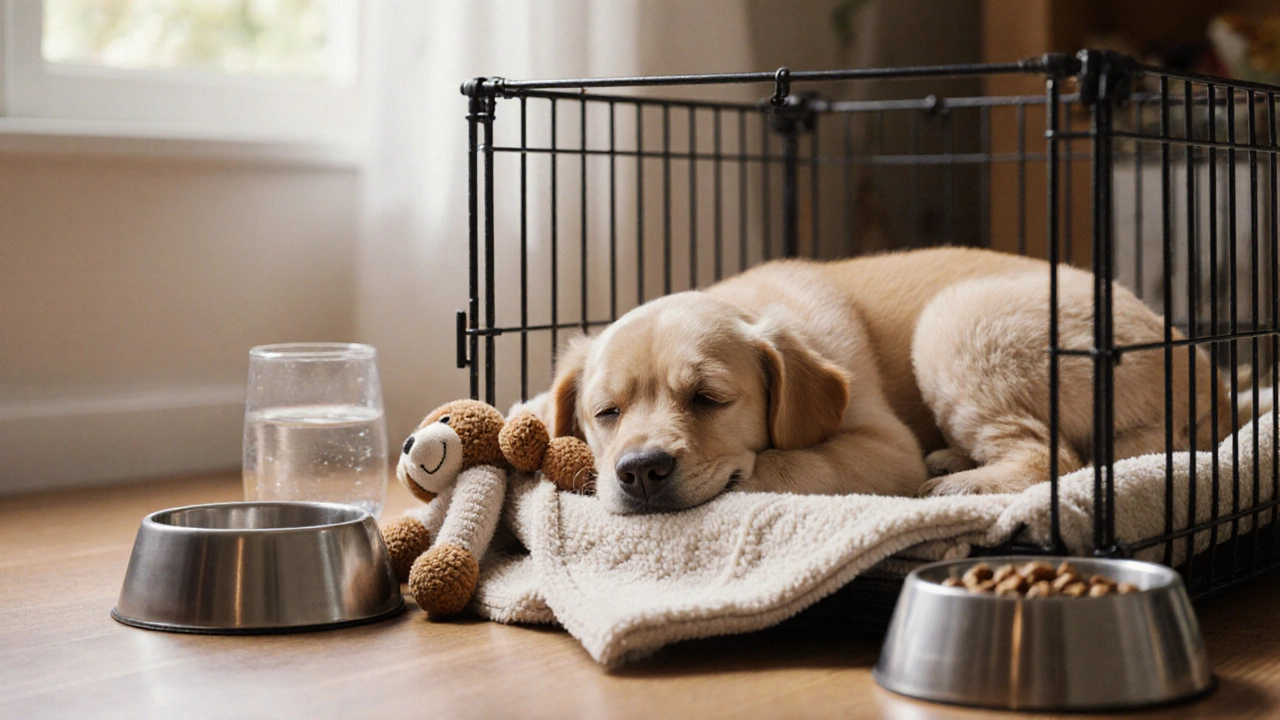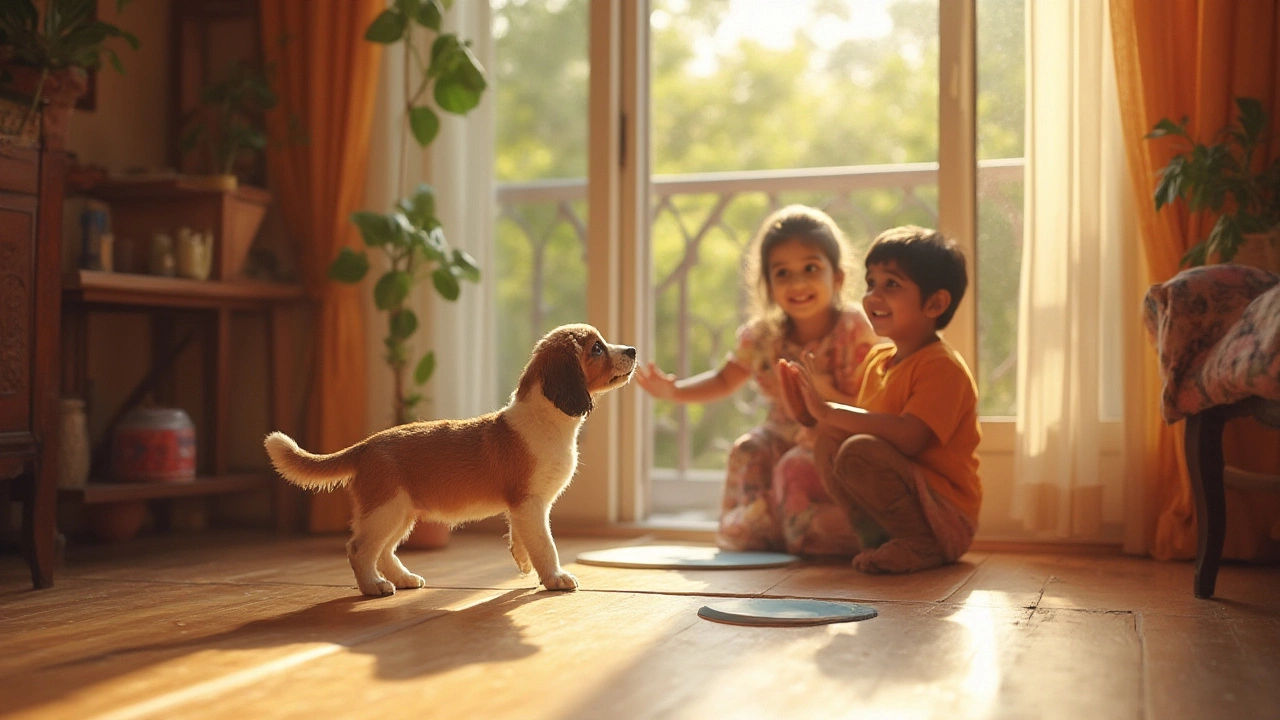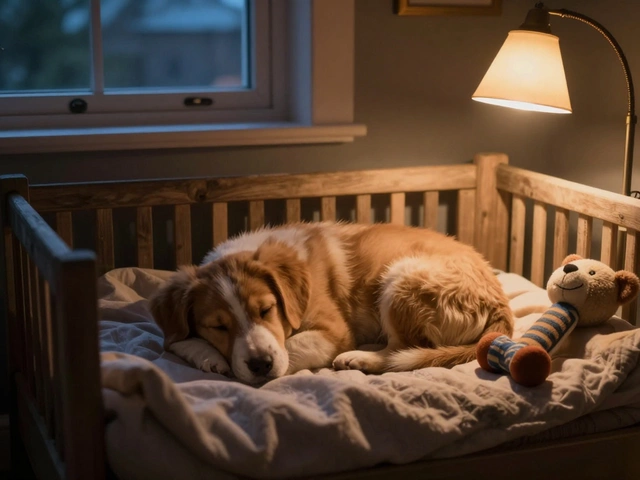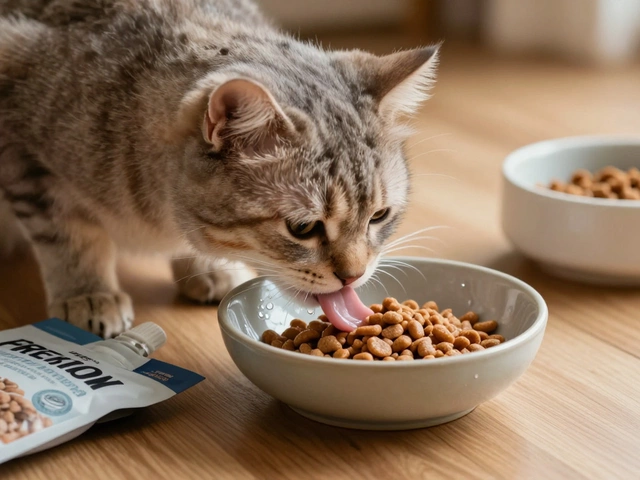Puppy Potty Training: Easy Steps to Get Your Pup Doing Their Business Outside
Got a new puppy and wondering where to start with potty training? You’re not alone. Most owners think it’s a mystery, but it really comes down to routine, patience, and a few smart tricks. Below you’ll find a straight‑forward plan you can start today, plus answers to the most common hiccups.
Set Up a Consistent Schedule
The first thing to nail down is when your puppy should go out. Puppies have tiny bladders, so aim for a bathroom break every 1‑2 hours, plus after meals, play, and naps. Write down the times in a notebook or phone app and stick to them like a clock. When you’re consistent, your pup learns that the door leads to relief, and you’ll see fewer accidents.
Pick a specific spot outside for potty time. The scent of grass or soil helps the puppy associate that place with going. Bring a leash, give a cue word like “go potty,” and wait patiently. When you see the sign—sniffing, circling, lifting a leg—let them finish, then reward instantly with a treat and lots of praise.
Positive Reinforcement Over Punishment
Reward is the magic word. Give a small treat (a pea‑size piece of kibble works) the moment your puppy finishes outside. The treat must come right after the action, otherwise they won’t connect it. If they have an accident inside, stay calm. Clean the spot with an enzyme cleaner so the smell disappears, then get back to the schedule.
Crate training can be a huge help here. Dogs naturally avoid soiling where they sleep. Choose a crate just big enough for the puppy to stand, turn around, and lie down. When you’re home, let them out for a bathroom break before and after crate time. This builds a habit of holding it until you open the door.
Watch for signals: sniffing the floor, whining, or pacing means they need to go. When you see these cues, head straight to the potty spot. Ignoring the signal only confuses them and can lead to accidents later.
If you’re busy, consider a ‘puppy pad’ as a backup. Place it near the door and gradually move it closer to the exit as the puppy gets the idea that the real target is outside. Eventually the pad becomes unnecessary.
Remember, every puppy is different. Some may learn in a week, others take a month. The key is not to give up. Celebrate the wins, clean the messes quickly, and keep the routine steady.
By following a simple schedule, rewarding the right behavior, and staying patient, you’ll have a well‑trained puppy who knows exactly where to go. Happy training!

What Is a Good Schedule for an 8-Week-Old Puppy?
A good schedule for an 8-week-old puppy includes feeding three times a day, frequent potty breaks, short play sessions, and plenty of naps. Consistency builds good habits and reduces accidents.
read more
When Should Puppies Stop Peeing in the House? Essential Tips for House Training Success
Discover when puppies typically stop peeing indoors, what affects housebreaking timelines, and how to speed up the process with proven training tips.
read more



